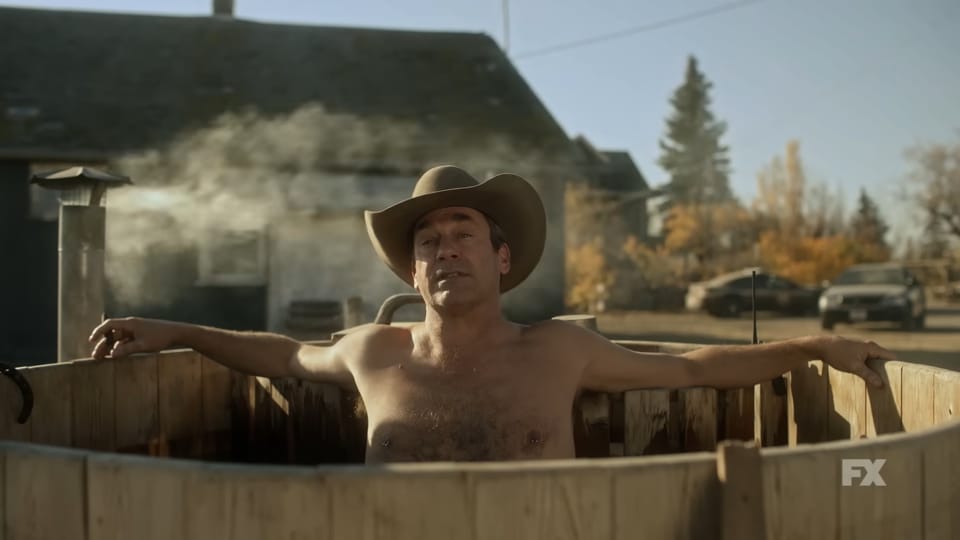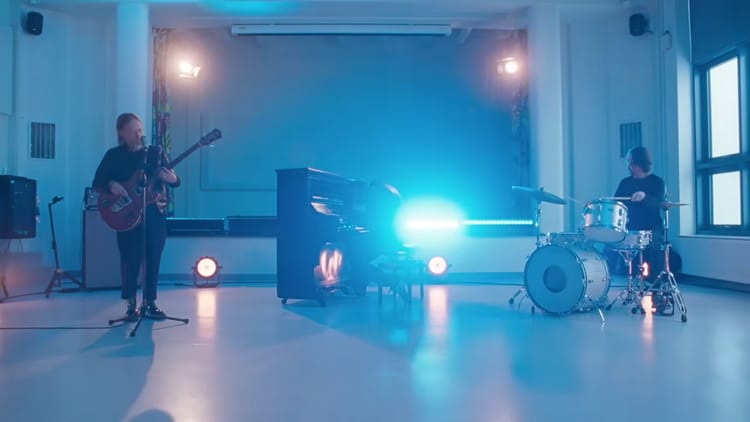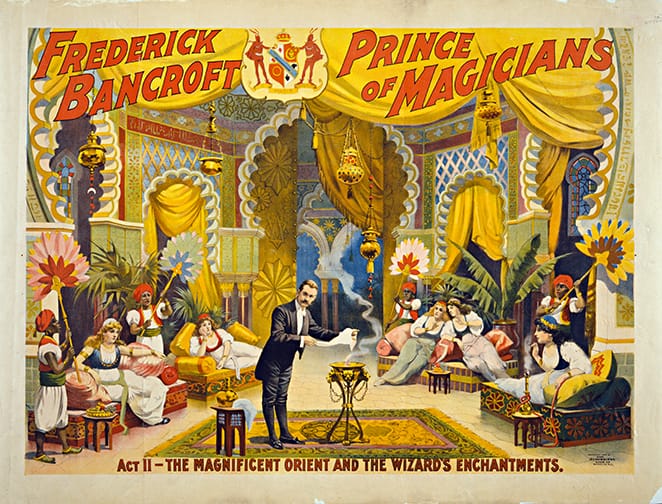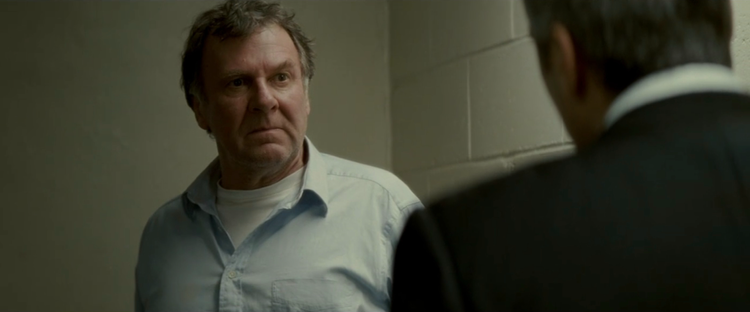It's Such a Beautiful Day

Fargo is back, and by that, I mean two things. First: after a three-year absence from our screens, Noah Hawley’s loose spiritual adaptation of the Coen brothers’s masterpiece has returned for a fifth season. But second: after a divisively bleak third season and a disjointed fourth, Hawley is getting back to basics, taking everything that worked about seasons one and two (for my money, an excellent and a transcendent season of TV, respectively) and repurposing those elements for a new cocktail of Coenesque quirk and violence. I bought a lot of stock in Fargo a few years ago when I wrote a long and involved Bright Wall/Dark Room essay on the first three seasons, so it’s particularly exciting for me when Hawley debuts a new season, seeing what he keeps of the Coens, what he invents, and where his (I say this with love) pretentious thematic concerns are taking him.
This all made the fourth season particularly dispiriting—there is very little of Fargo (the feature film) in that season. It’s almost entirely Hawley, and the results were, to put it charitably, mixed. There were patches of excellence, but something was missing. So it’s no exaggeration to say I’m overjoyed to see Hawley returning to first principles here. At times, these episodes feel like a reworking of the first two seasons as much as a successor, and if that’s what Hawley needed to get back on solid ground, I don’t mind a few repeated tricks.
So what do we need for Fargo? According to the best examples of the Hawley model, we need a simple crime gone gruesomely wrong—if it’s a kidnapping, as in the film and as here, so much the better. We need a character who represents a sort of primal spirit of violence and vengeance—Hawley is clearly fond of the Anton Chigurh archetype, and the equivalent character this time even borrows the distinctive bob. We need a sprawling ensemble of cops and criminals and eccentrics, all of them cruising towards a sickeningly inevitable firefight. And at the center of it, we need one good officer of the law who’s destined to make it out intact, a testament to the fact that this particular corner of the upper Midwest does operate on some sort of natural justice system.
The first two seasons followed this to a tee. The third kicked away a few foundational elements, but remained solid. The fourth featured very little of it. And the new season appears to be hitting the original steps like a precision ballroom dancer, never missing a beat. What a delight to be back in a good, solid Fargo story. Hawley spends most of these two episodes putting pieces on the board—he barely has time in the premiere to even glance in the direction of Jon Hamm’s sociopathic sheriff—and I’m already feeling a buzzy anticipation as I wonder how these elements—feds and hitmen and political operatives, oh my!—will end up colliding.
We set the scene with a brawl at a community meeting in a school gymnasium. This incident feels primed to be revealed as a flash-forward—maybe this is the season’s climax; the fight certainly seems psychotic enough to be the culmination of a dozen hours’s story. But no, we really do open in medias res with a town brawl, and it seems Hawley is suggesting that this is not a narrative culmination but a social one. This season is set in 2019, three years into the Trumpian experiment, and, as will be uttered by the end of this first batch of episodes, society’s breaking down. It’s neighbor versus neighbor.
These words come courtesy of housewife Dot (Juno Temple), apprehended at the scene of the brawl and fingerprinted, an event that leads, circuitously, to her botched kidnapping—so far, so Fargo. But Hawley has more on his mind than the Coens. One of his favorite tricks is to tuck thematic hints into the names of his episodes. The premiere is titled “The Tragedy of the Commons,” that old ethical dilemma concerning the human tendency towards self interest, and the inherent sadness of the ease with which we could provide for all if we just exercised empathy and self-control. This is a world where politicians hold semi automatic rifles for a Christmas card photo shoot while snarling micro-aggressions at their potentially non-binary grandchild. It’s a world gone sour—there’s something rotten in the state of Minnesota (and the Dakotas), as the name of one character, Danish Graves suggests (Noah Hawley knows writers who use subtext and they’re all cowards). In two weeks, we’ll be treated to an episode titled “Insolubilia,” a variation on the liar’s paradox (which states that a self-identified liar can never self-identify as a liar, as this would entail telling the truth). Hawley has plenty of ideas up his sleeve, and if his throw-it-all-at-the-wall approach to storytelling can lead to an over-seasoned stew (remember the deus ex machina of season two? Remember that shit?) I’ll happily take the flavorful bites alongside the ones that took a heavy hand with the pepper.
There’s plenty more to be said already, but I’ll leave it here. I’m not looking to get into the episodeic recap game, but I’ll probably check back in on this season at least once more after the finale to see whether my predictions—Noah Hawley’s Fargo is back!—bore fruit. If I were a betting man, I’d put a couple of sawbucks on old Noah. He’s up to his old tricks, but enough of us are fond of those tricks that he’s gotten to indulge in them for going on a decade now. A solid season of Fargo is one of pop culture’s good things. And it’s such a beautiful day.




